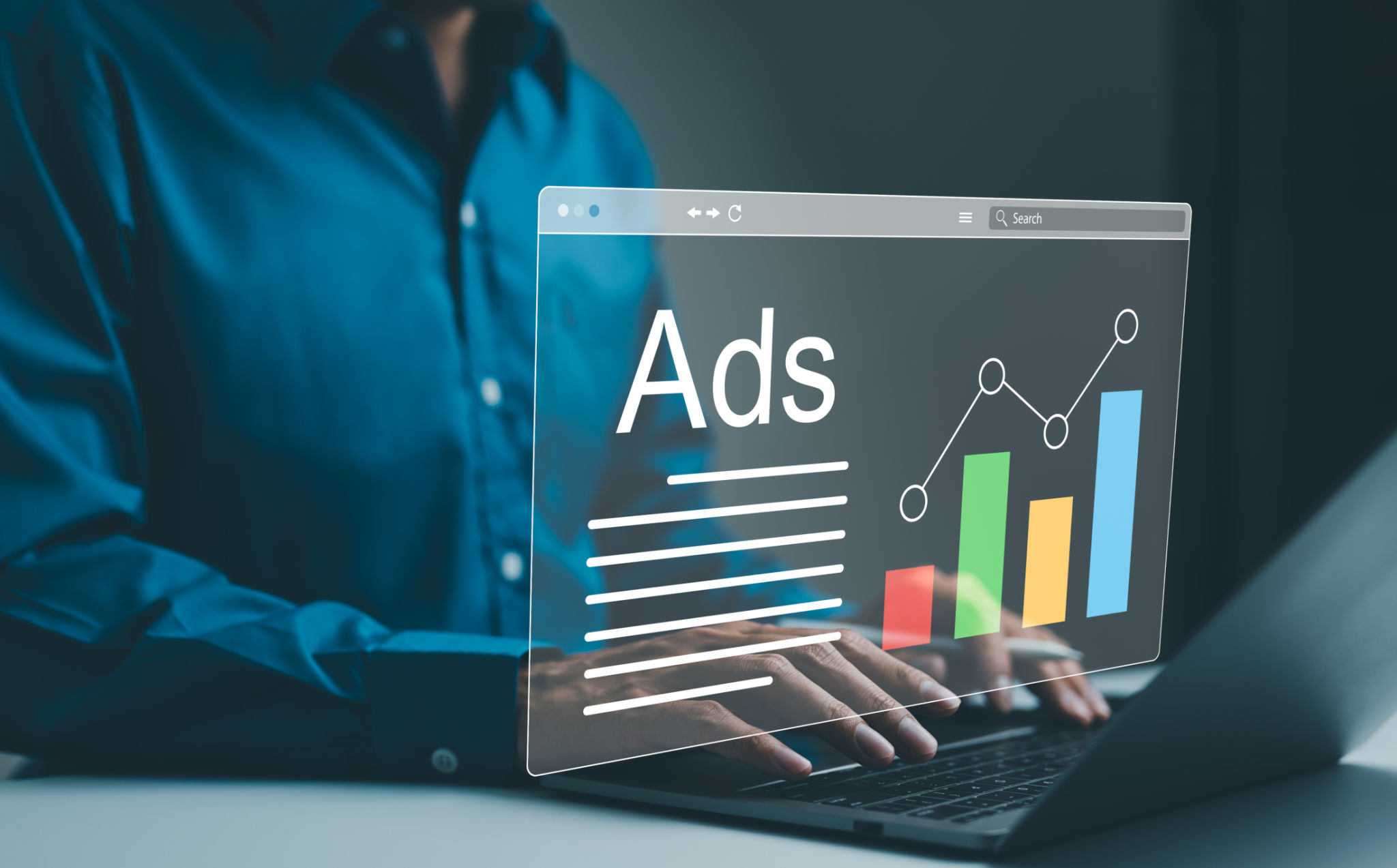Maximizing ROI: How to Integrate PPC Advertising with Social Media Campaigns
Understanding the Basics of PPC and Social Media
In today's digital landscape, businesses are constantly seeking ways to maximize their return on investment (ROI) by integrating different marketing strategies. Two powerful tools in this realm are Pay-Per-Click (PPC) advertising and social media campaigns. Both strategies have their unique strengths, but when combined, they can significantly enhance your marketing efforts and drive more substantial results.

PPC advertising allows businesses to place ads on search engines and websites, paying a fee each time someone clicks on their ad. This model ensures that you only pay for actual engagement, making it a cost-effective strategy. On the other hand, social media campaigns enable businesses to engage with their target audience directly, creating brand awareness and building a community.
Aligning PPC and Social Media Objectives
To effectively integrate PPC with social media campaigns, it's crucial to align your objectives. Start by identifying what you want to achieve with each strategy. Are you looking to increase brand awareness, drive traffic to your website, or boost sales? By understanding your goals, you can create a cohesive strategy that leverages the strengths of both PPC and social media.
For instance, if your primary goal is to drive traffic to your website, you can use PPC ads to target specific keywords that potential customers are searching for. Simultaneously, use social media posts to engage with your audience and encourage them to visit your site. This dual approach ensures that you're reaching your audience at multiple touchpoints.

Creating Consistent Messaging Across Platforms
Consistency is key when integrating PPC and social media campaigns. Ensure that your messaging is uniform across all platforms. This includes using the same tone, language, and visuals. Consistent messaging helps build trust and reinforces your brand identity in the minds of consumers.
Develop a content calendar that outlines your campaigns' timelines, and make sure your PPC ads and social media posts complement each other. For example, if you're running a PPC campaign promoting a special offer, ensure that your social media channels are also highlighting this offer. This unified approach increases the chances of converting potential customers.
Leveraging Data for Enhanced Performance
One of the greatest advantages of digital marketing is the ability to track and analyze data. Use analytics tools to monitor the performance of your PPC ads and social media campaigns. Analyze metrics such as click-through rates, conversion rates, and engagement levels to gain insights into what works best for your audience.

By understanding these metrics, you can make informed decisions about where to allocate your budget and how to adjust your strategies for better results. For example, if you notice that certain social media posts drive more traffic than others, consider increasing your investment in those types of content.
Optimizing Budget Allocation
Integrating PPC and social media campaigns also allows for more efficient budget allocation. Evaluate which channels provide the best ROI and allocate funds accordingly. It's important to remain flexible and willing to shift budgets based on performance data.
A well-balanced budget will ensure that you're maximizing ROI by investing in strategies that yield the highest returns. Regularly review your budget distribution and adjust as needed to capitalize on opportunities for growth.

Conclusion: A Holistic Approach to Marketing
Integrating PPC advertising with social media campaigns offers a comprehensive approach to digital marketing. By aligning objectives, maintaining consistent messaging, leveraging data insights, and optimizing budget allocation, businesses can significantly enhance their ROI. As the digital landscape continues to evolve, staying ahead of trends and embracing a holistic approach will be key to sustained success.